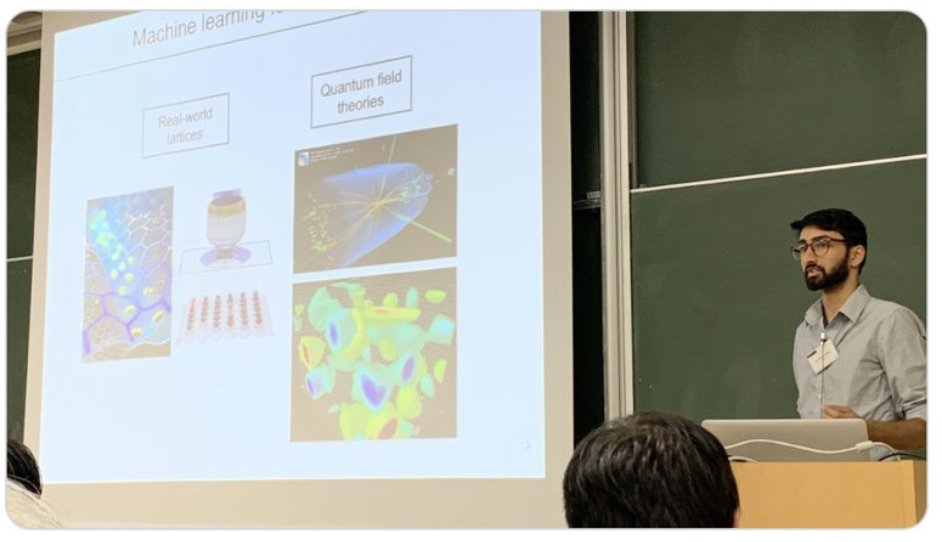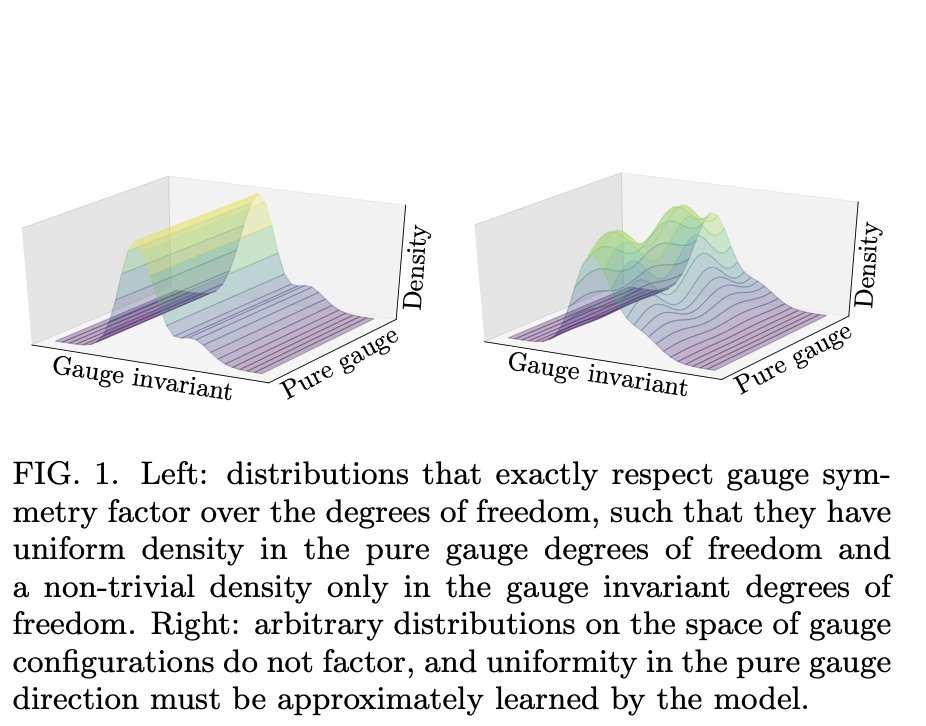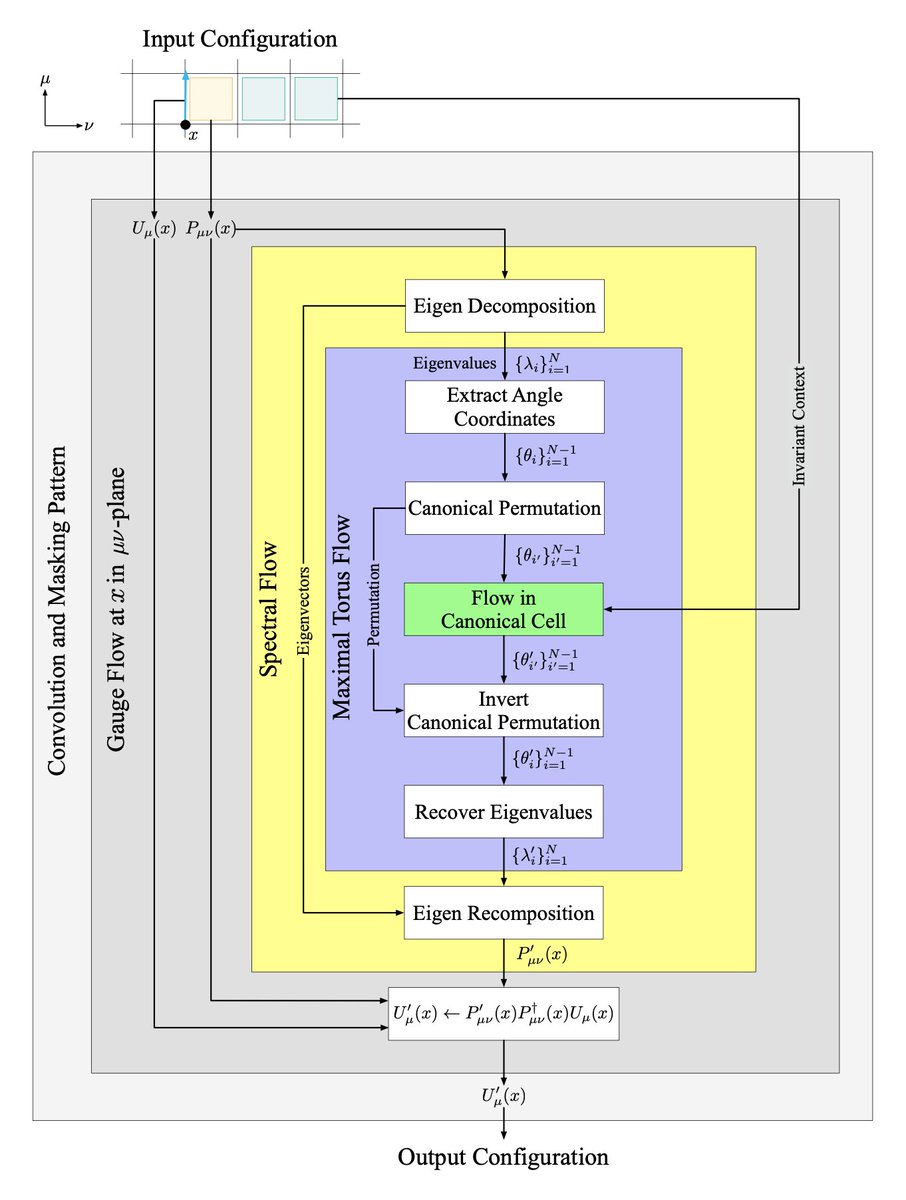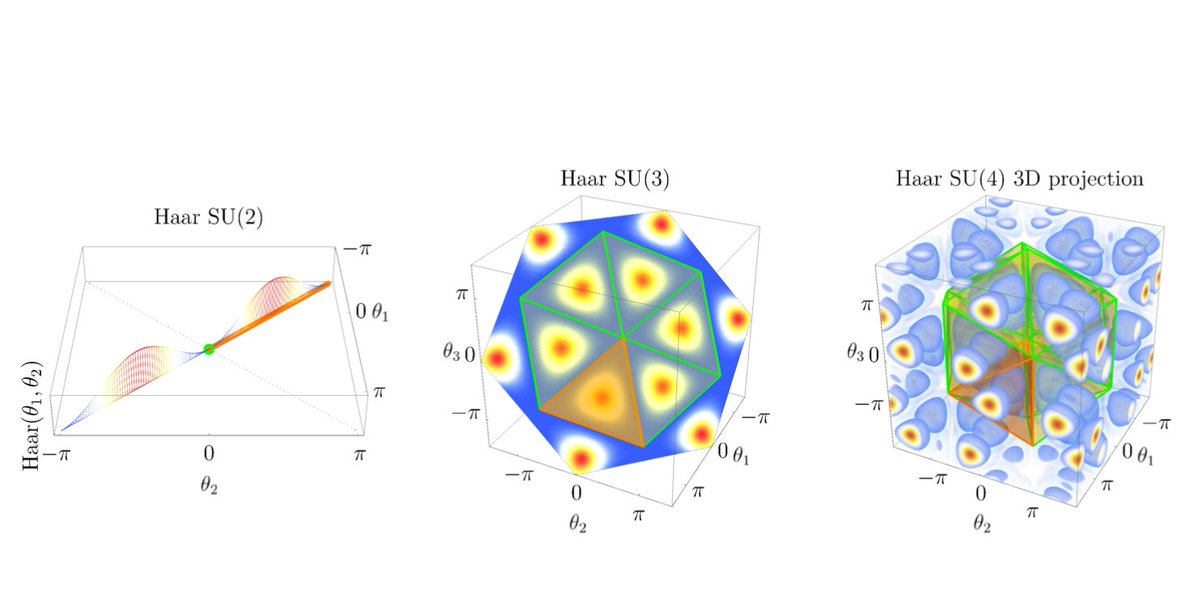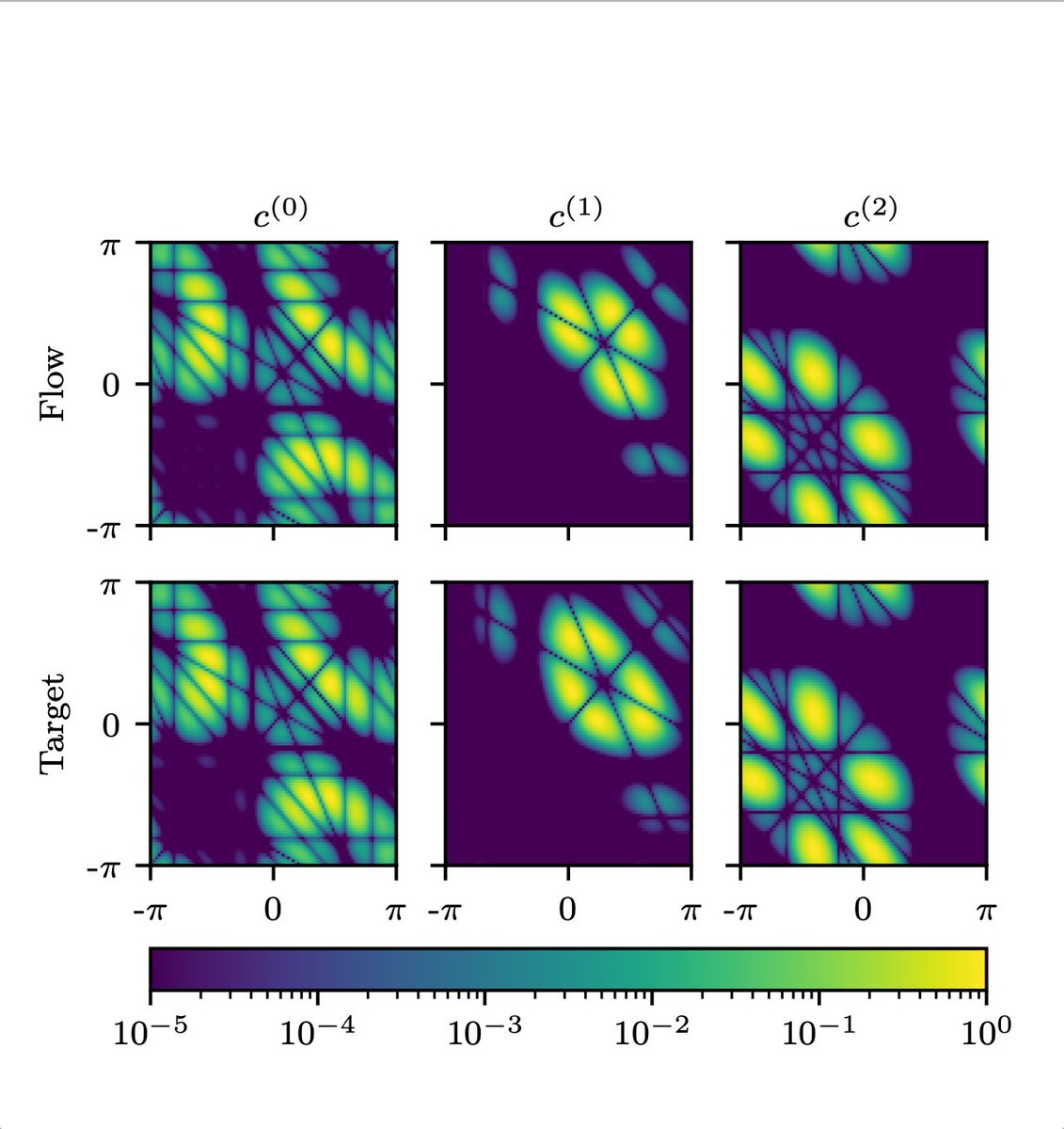combining machine learning & physics. We develop normalizing flows that impose the elaborate of symmetry groups you find in fundamental particle physics.
It's a beautiful mix of math, ML, and physics
arxiv.org/abs/2008.05456
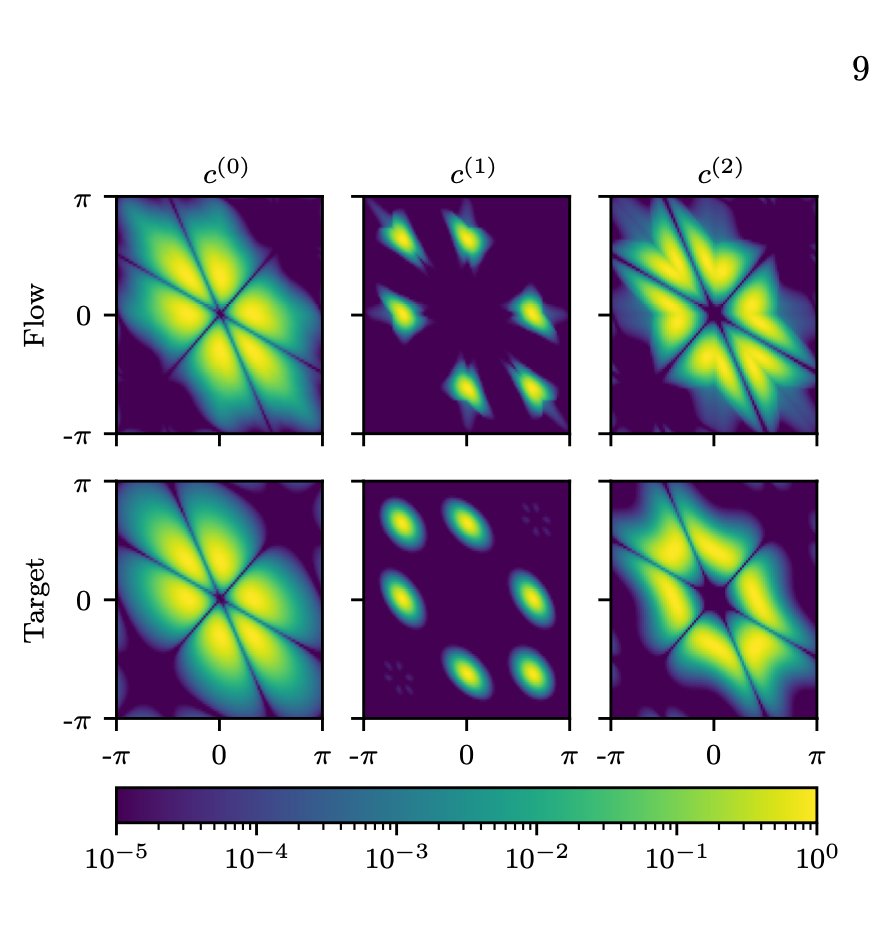
Denis Boyda, Gurtej Kanwar, @sracaniere, @DaniloJRezende,
@msalbergo, @kylecranmer, Daniel Hackett, Phiala Shanahan
arxiv.org/abs/2008.05456
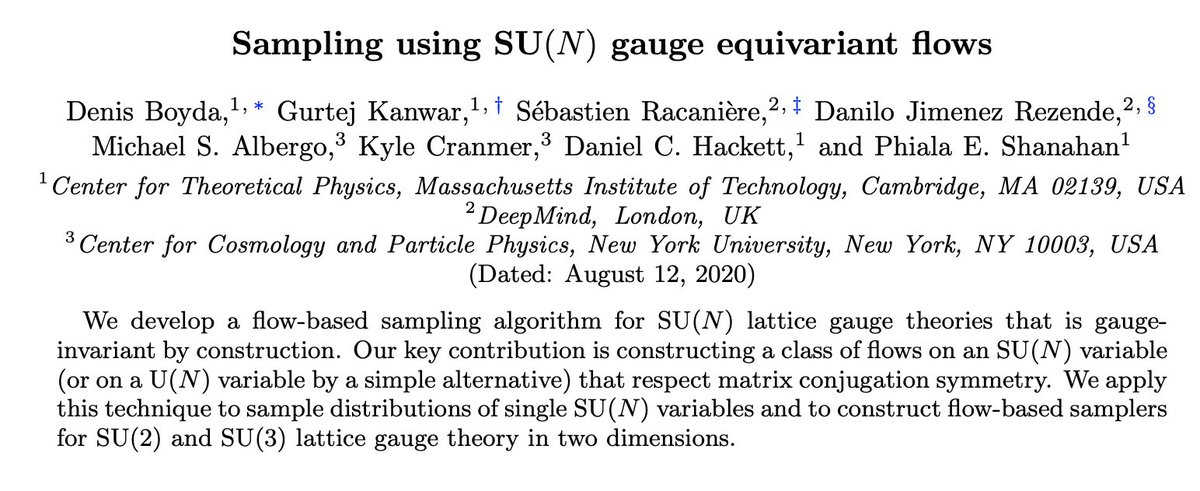
en.wikipedia.org/wiki/Gauge_the…
symmetrymagazine.org/article/june-2…
So we want to build this into the network.
ctp.lns.mit.edu/latticecolloq/
